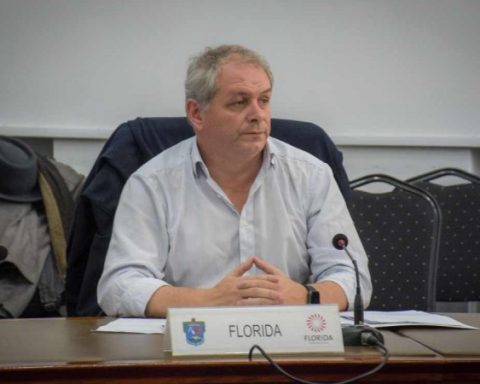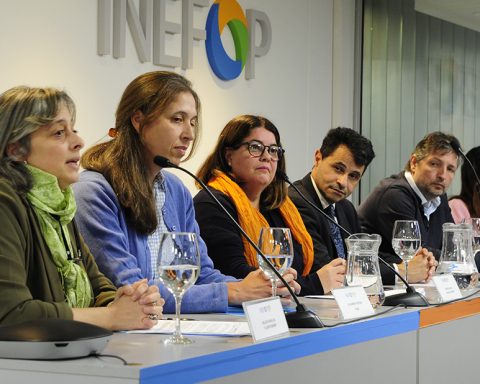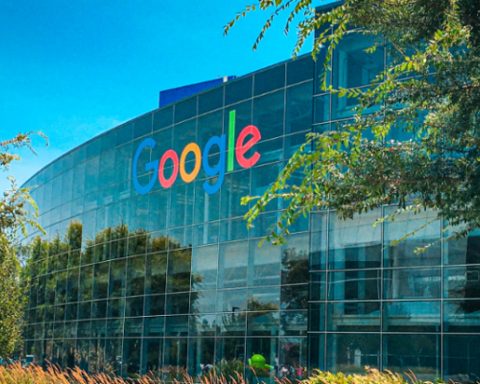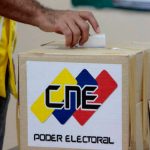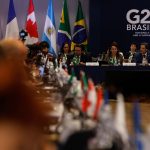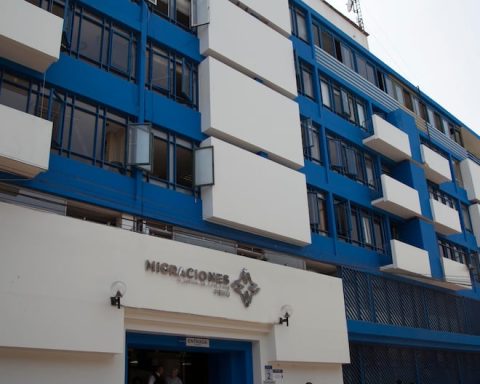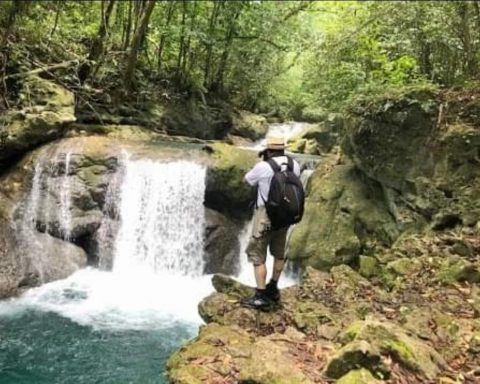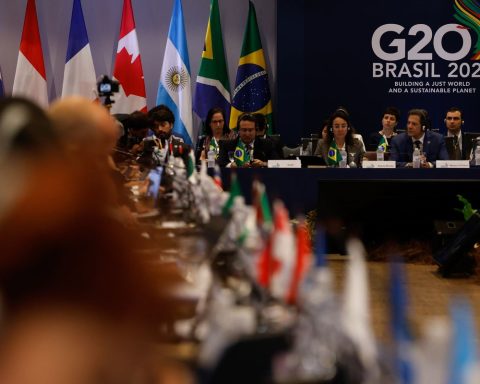The government announced last Monday a new increase in fuel rates For this month, $1.47 per liter for Super 95 gasoline and $1.05 for him gasoil. Nonetheless, the adjustment —of 2% in the final price to the public— is less than that indicated by Ursea, which bases its report on the evolution of refined fuels in the international market, so Ancap will resign between US$ 3-5 million in March to adjust below what the regulator indicated.
In the words of Minister of Energy, Omar Paganini, what was sought with the decision was to “mitigate a little” the impact on the population by not transferring all the international increase to the local market.
On the other hand, Ancap president Alejandro Stipanicic held that, “in great numbers, Ancap is going to add US$5 million to its March income when Ursea would have recommended US$8-10 million. The difference will be absorbed by Ancap“, declared the hierarch.
Stipanicic said that Ancap’s cash has a balance that reaches US$ 180 million, which allows the company to finance the sale of fuel below the values recommended by Ursea. “We are well above the security line that we have set ourselves,” he assured in an interview with Telemundo. The president of the oil company added that Ancap lowered its liabilities by more than US$120 million in the last two years.
The hierarch also valued that having adjusted prices anyway “shows prudence in handling public money” and that this policy is necessary due to the current volatile behavior of the price of crude oil, apart from its increase itself. “The decision of the Executive Power is serious, it is responsible, it looks at the local economy, it looks at the international perspective and it looks at Ancap’s finances“, he asserted.
Asked about the “unpopularity” of the measure, Stipanicic replied that “it could be worse that Ancap has to go out into debt (to finance rates at low levels) or that has to be capitalized in the future”.
Ancap’s “back”
President Luis Lacalle Pou affirmed in Artigas that the government “doesn’t have much left” to continue supporting fuel prices for the public if the appreciation of crude oil is maintained.
The president considered that this margin depends on the efficiency and work of Ancap and also on the export of public companies.
“A year ago we had oil at US$40 and a little (per barrel), a month ago it was at US$90, now it is bouncing above US$100… It is very volatile, the Ursea suggested certain increases and we (for the government) decided to increase half of what was suggested,” justified. This Wednesday the Brent crude —reference for Ancap— was trading above the $110 per barrel.
The oil-producing countries of the OPEC+ group decided today to maintain their policy of modest increase in production of crude oil despite the spike in prices due to the war in Ukraine, which raises fears of supply disruptions in an already very complicated market. After the announcement, the price of the American WTI barrel rose to US$ 112.51 —a record since 2013— and that of the North Sea Brent reached US$ 113.94 —its highest value since 2014—. The price of Brent, Ancap’s import input, has appreciated 43.5% so far this year.
Along the same lines as the president, Stipanicic mentioned that the entity “has a back, but Ancap’s back is not infinite or forever”. The chief stated that the regulatory body recommended “about $4 increase depending on the product” compared to the adjustments of $1.47 per liter for gasoline and $1.05 for diesel that were made.
Ancap’s “back” It has been a recurring metaphor among members of the government in recent months, used to measure how much the rise in fuel rates to the public can be moderated in view of the persistent rises in international crude oil.
The Observer with AFP

